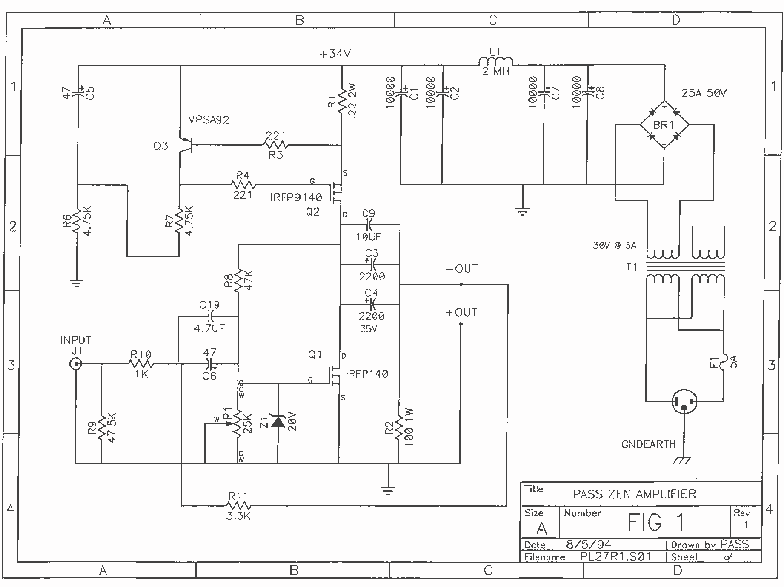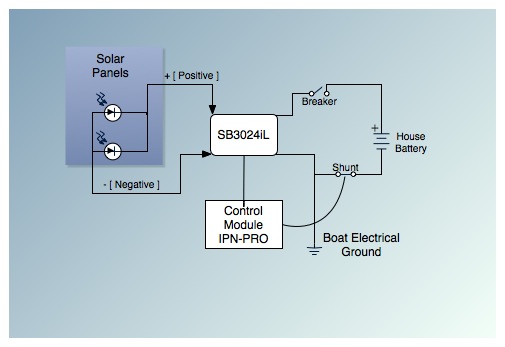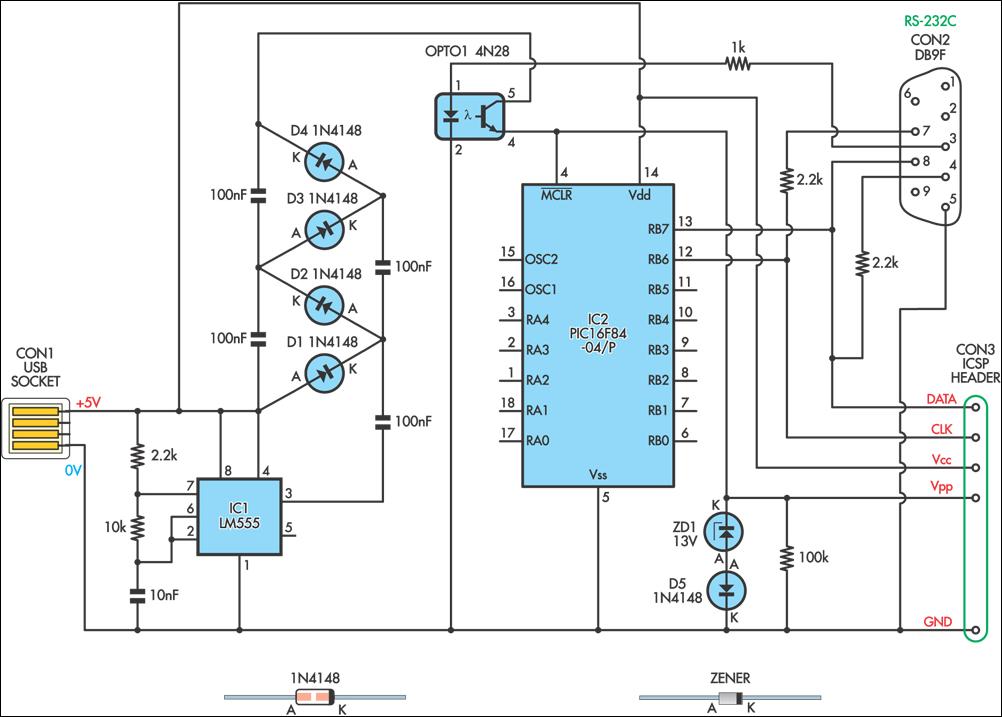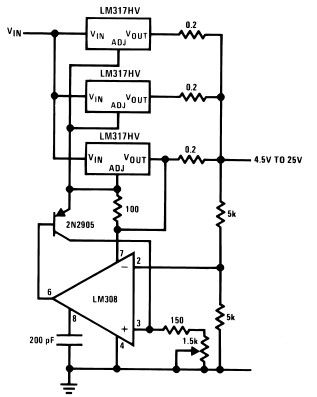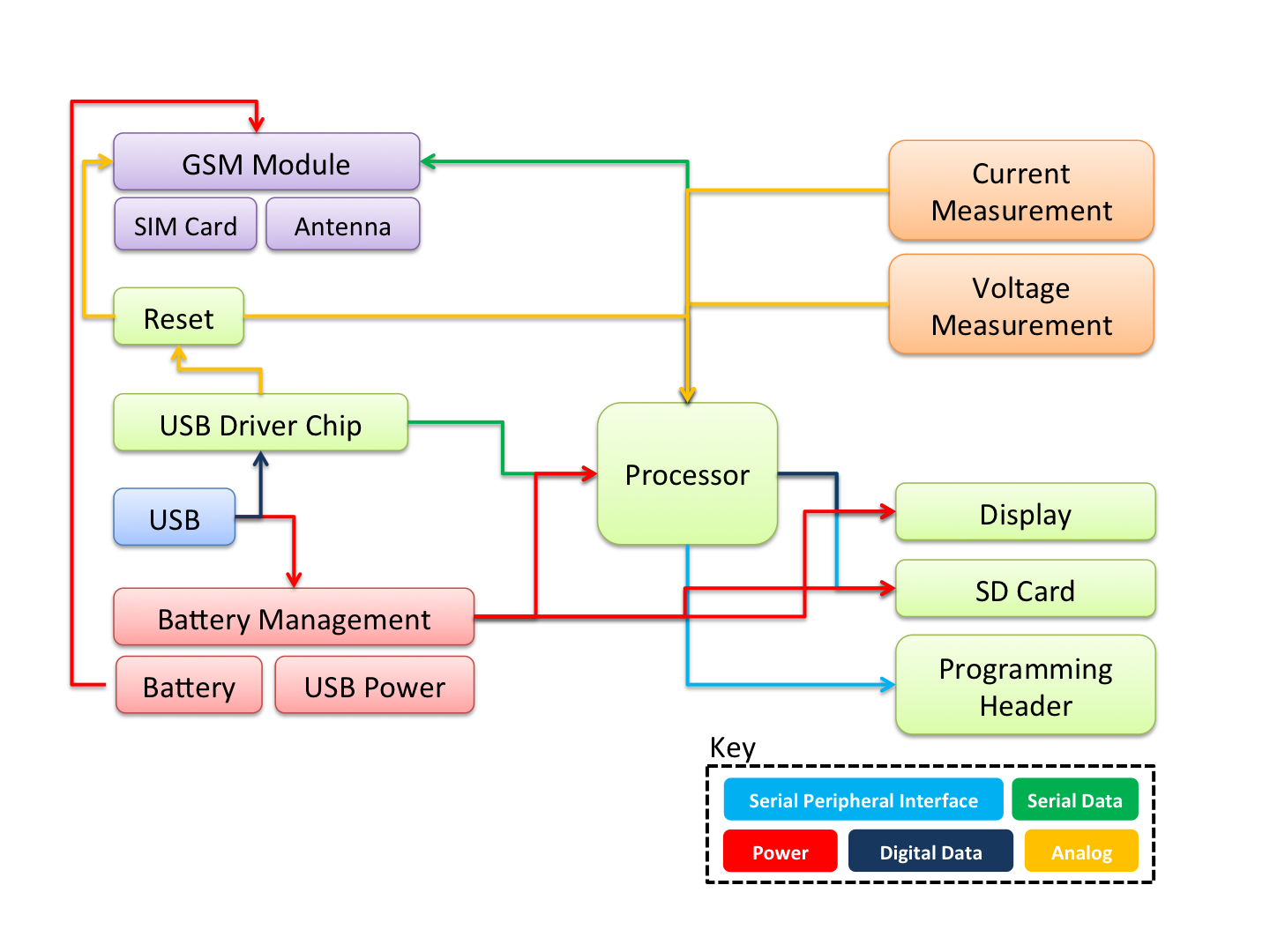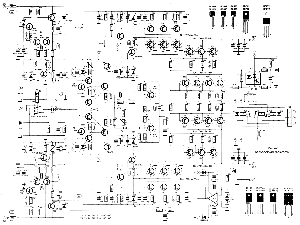
Solar Power System Guard
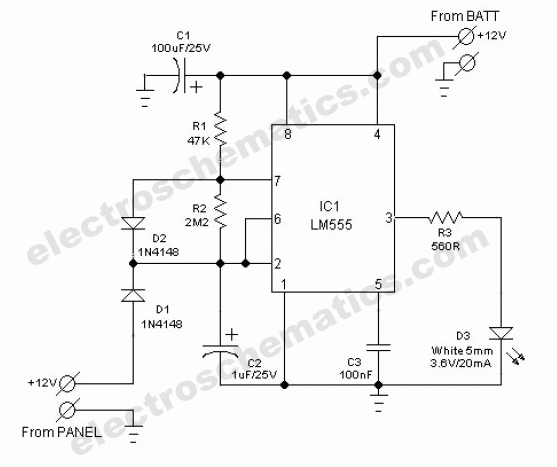
The typical home solar power system primarily comprises a roof-mounted solar panel, a charge controller, and a storage battery bank, along with direct or electric connections.
A home solar power system is designed to harness solar energy for residential use, providing an eco-friendly alternative to conventional power sources. The system begins with solar panels, which are typically installed on the roof, where they can capture sunlight efficiently. These panels convert sunlight into direct current (DC) electricity through the photovoltaic effect.
The charge controller plays a crucial role in managing the flow of electricity from the solar panels to the storage battery bank. It regulates the voltage and current coming from the solar panels to ensure that the batteries are charged appropriately without overcharging, which can reduce battery lifespan. The charge controller may also include features such as load management, which disconnects the load from the batteries when they reach a low state of charge.
The storage battery bank is essential for storing the energy generated during daylight hours, allowing for energy use during the night or on cloudy days. Common types of batteries used in solar systems include lead-acid batteries and lithium-ion batteries, each with its own advantages and disadvantages concerning cost, lifespan, and maintenance requirements.
Additionally, the system may include an inverter, which converts the stored DC electricity into alternating current (AC) electricity, making it suitable for use with standard household appliances. Depending on the system's design, it may also be connected to the electrical grid, allowing for net metering, where excess energy produced can be fed back into the grid, providing additional financial benefits to the homeowner.
Overall, a home solar power system is a complex integration of various components that work together to provide renewable energy, reduce electricity costs, and contribute to environmental sustainability.The common home solar power system, in principle consists of a roof-mounted solar panel, a charge controller and a storage battery bank plus direct or elec.. 🔗 External reference
A home solar power system is designed to harness solar energy for residential use, providing an eco-friendly alternative to conventional power sources. The system begins with solar panels, which are typically installed on the roof, where they can capture sunlight efficiently. These panels convert sunlight into direct current (DC) electricity through the photovoltaic effect.
The charge controller plays a crucial role in managing the flow of electricity from the solar panels to the storage battery bank. It regulates the voltage and current coming from the solar panels to ensure that the batteries are charged appropriately without overcharging, which can reduce battery lifespan. The charge controller may also include features such as load management, which disconnects the load from the batteries when they reach a low state of charge.
The storage battery bank is essential for storing the energy generated during daylight hours, allowing for energy use during the night or on cloudy days. Common types of batteries used in solar systems include lead-acid batteries and lithium-ion batteries, each with its own advantages and disadvantages concerning cost, lifespan, and maintenance requirements.
Additionally, the system may include an inverter, which converts the stored DC electricity into alternating current (AC) electricity, making it suitable for use with standard household appliances. Depending on the system's design, it may also be connected to the electrical grid, allowing for net metering, where excess energy produced can be fed back into the grid, providing additional financial benefits to the homeowner.
Overall, a home solar power system is a complex integration of various components that work together to provide renewable energy, reduce electricity costs, and contribute to environmental sustainability.The common home solar power system, in principle consists of a roof-mounted solar panel, a charge controller and a storage battery bank plus direct or elec.. 🔗 External reference
